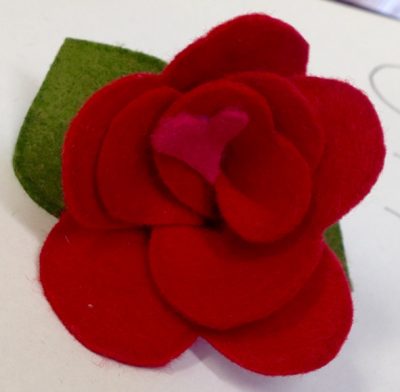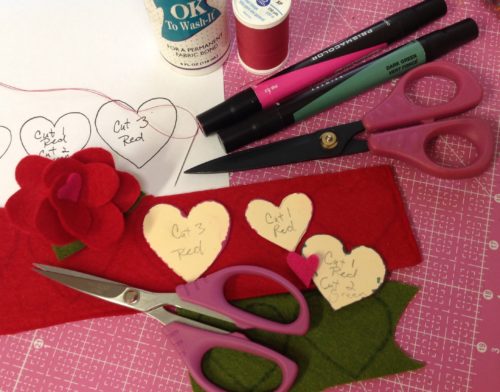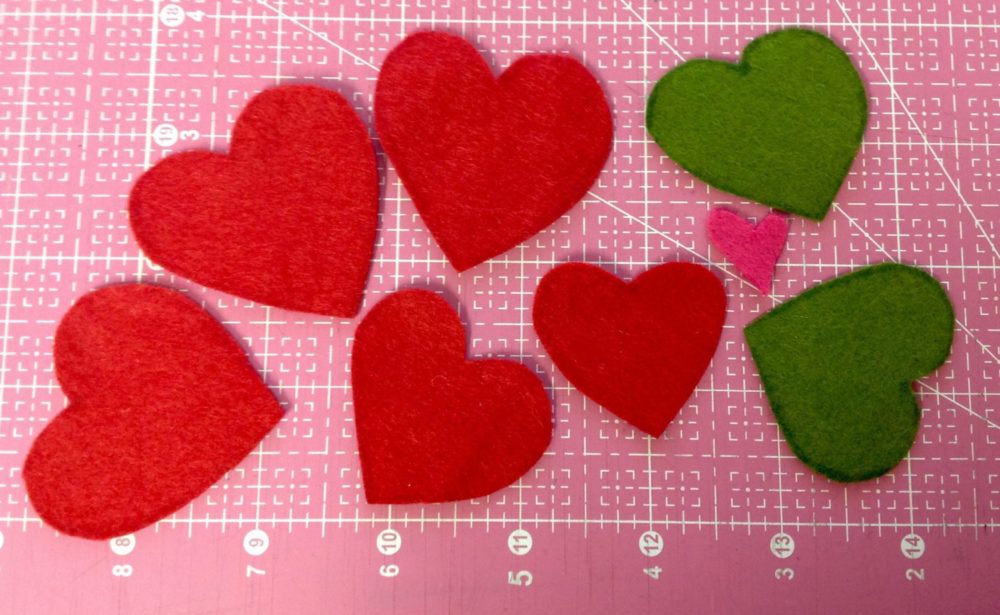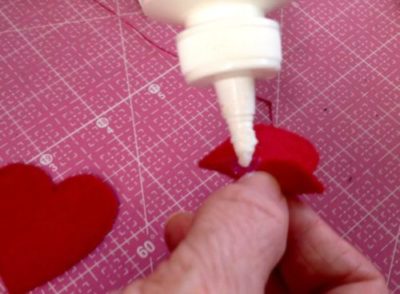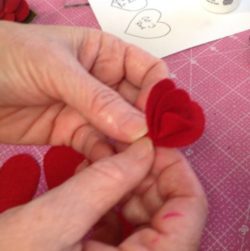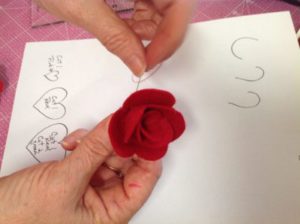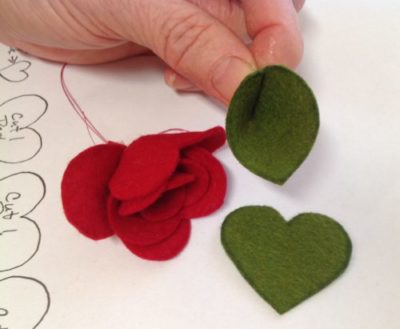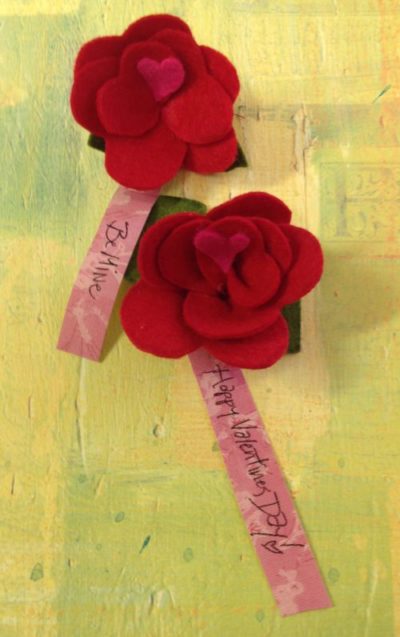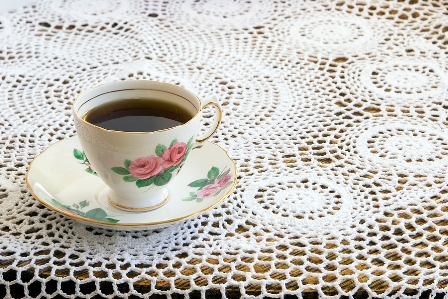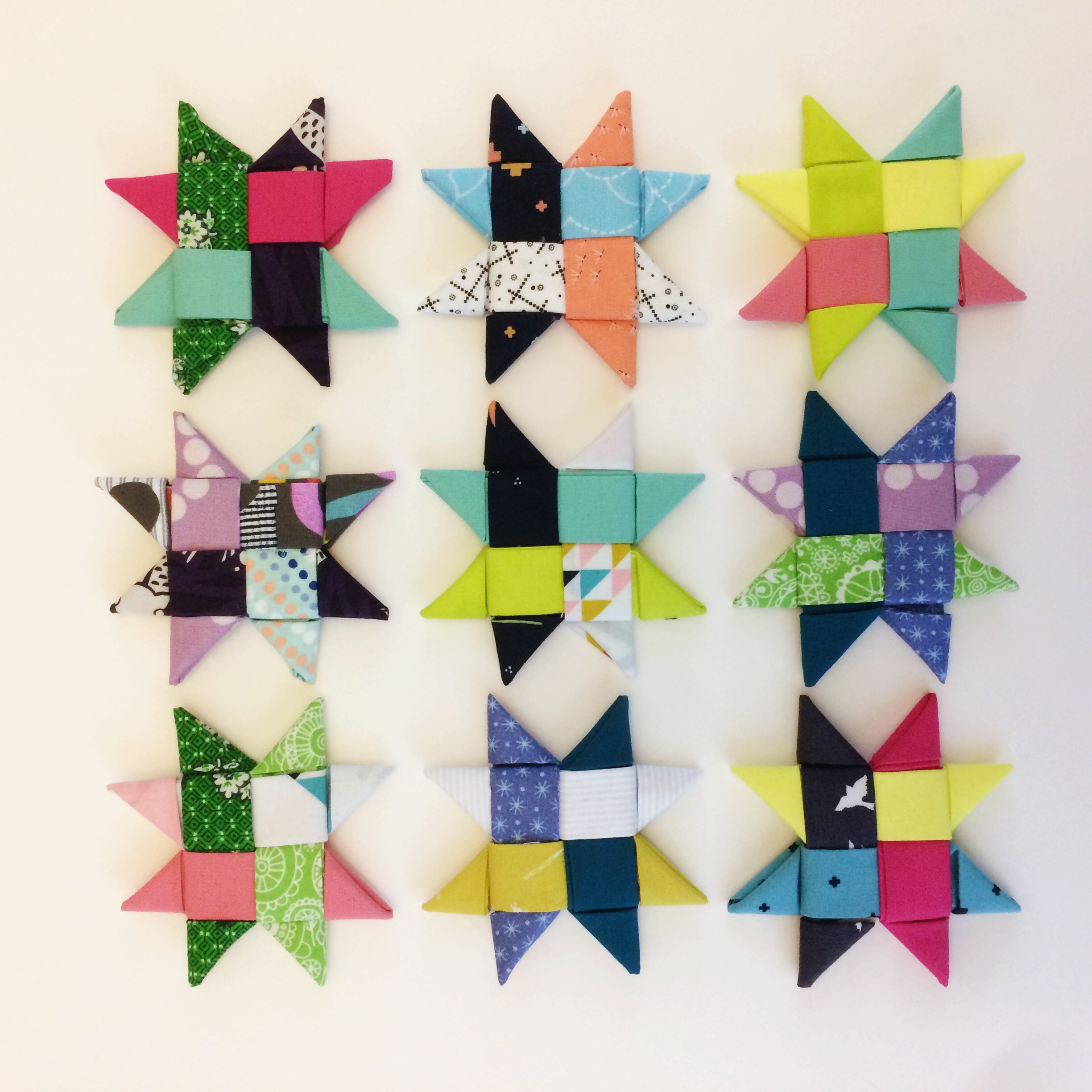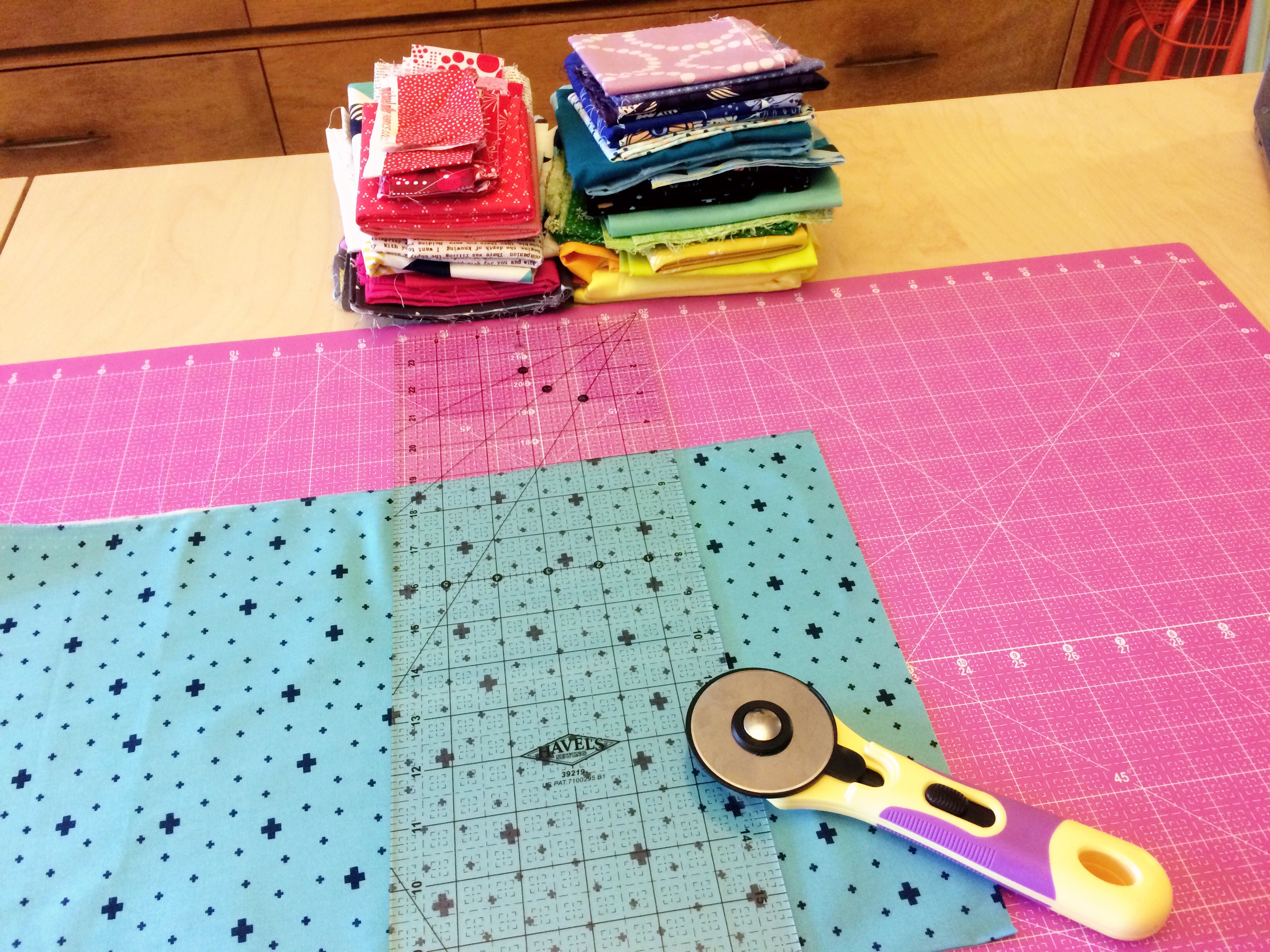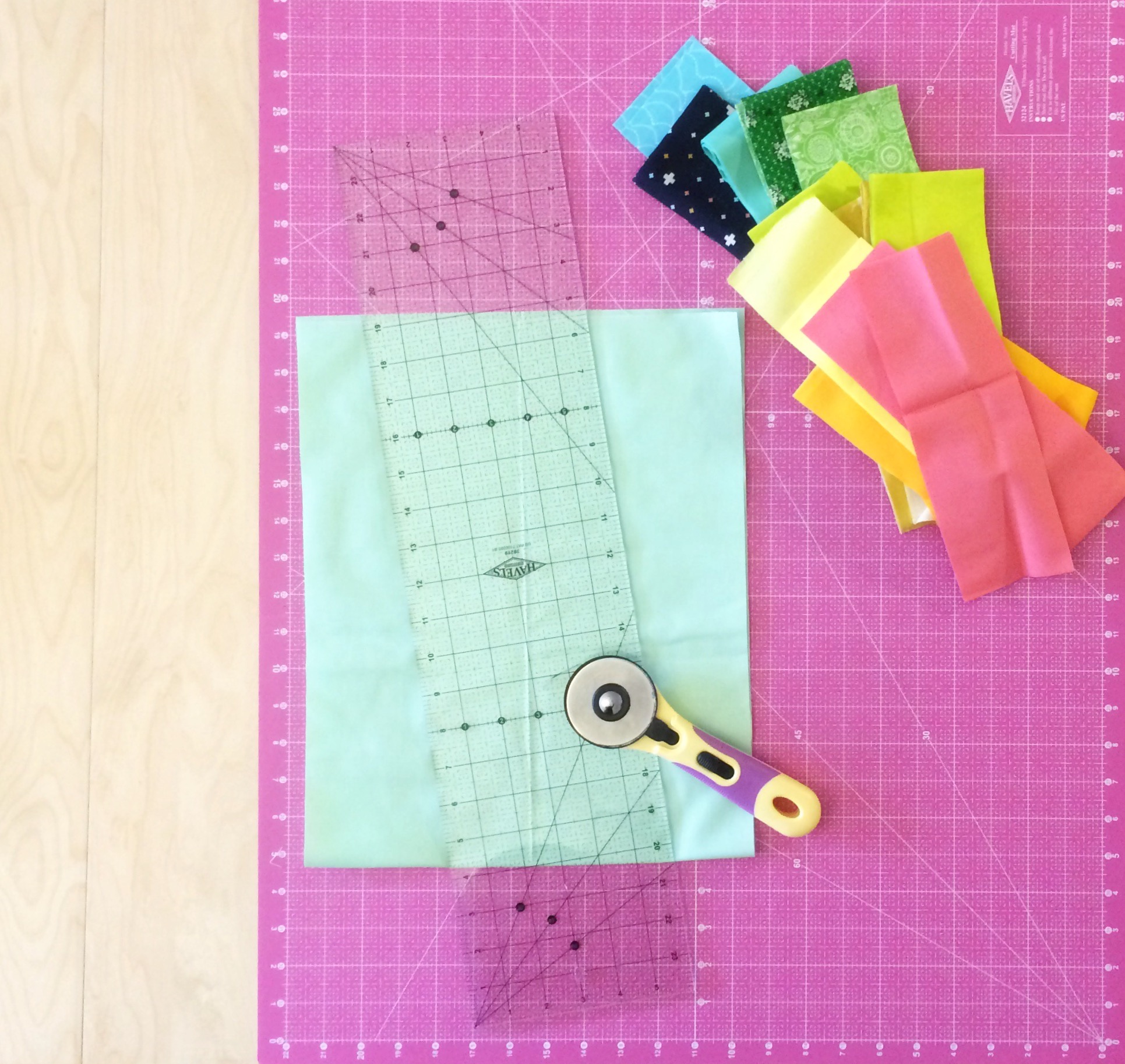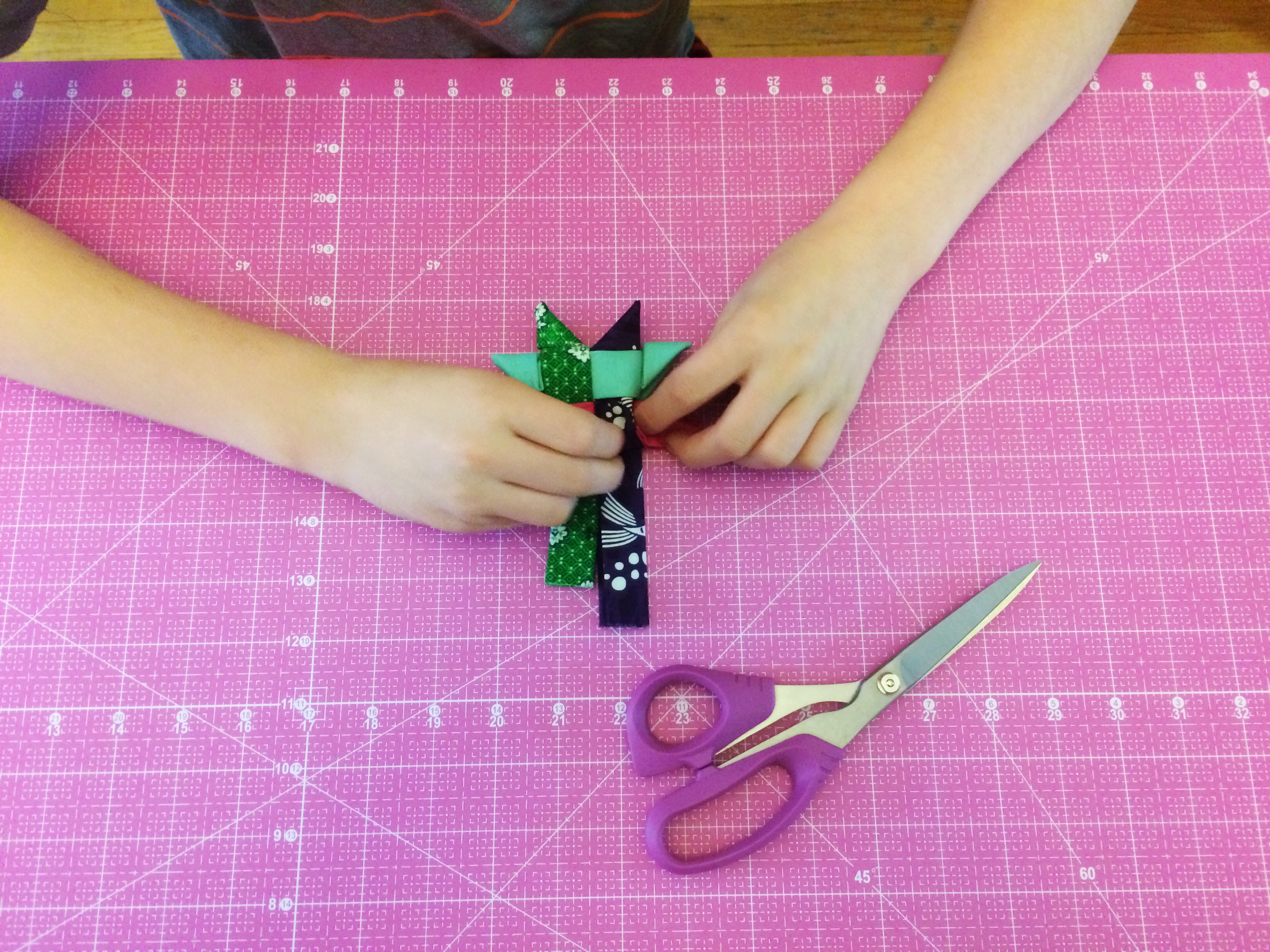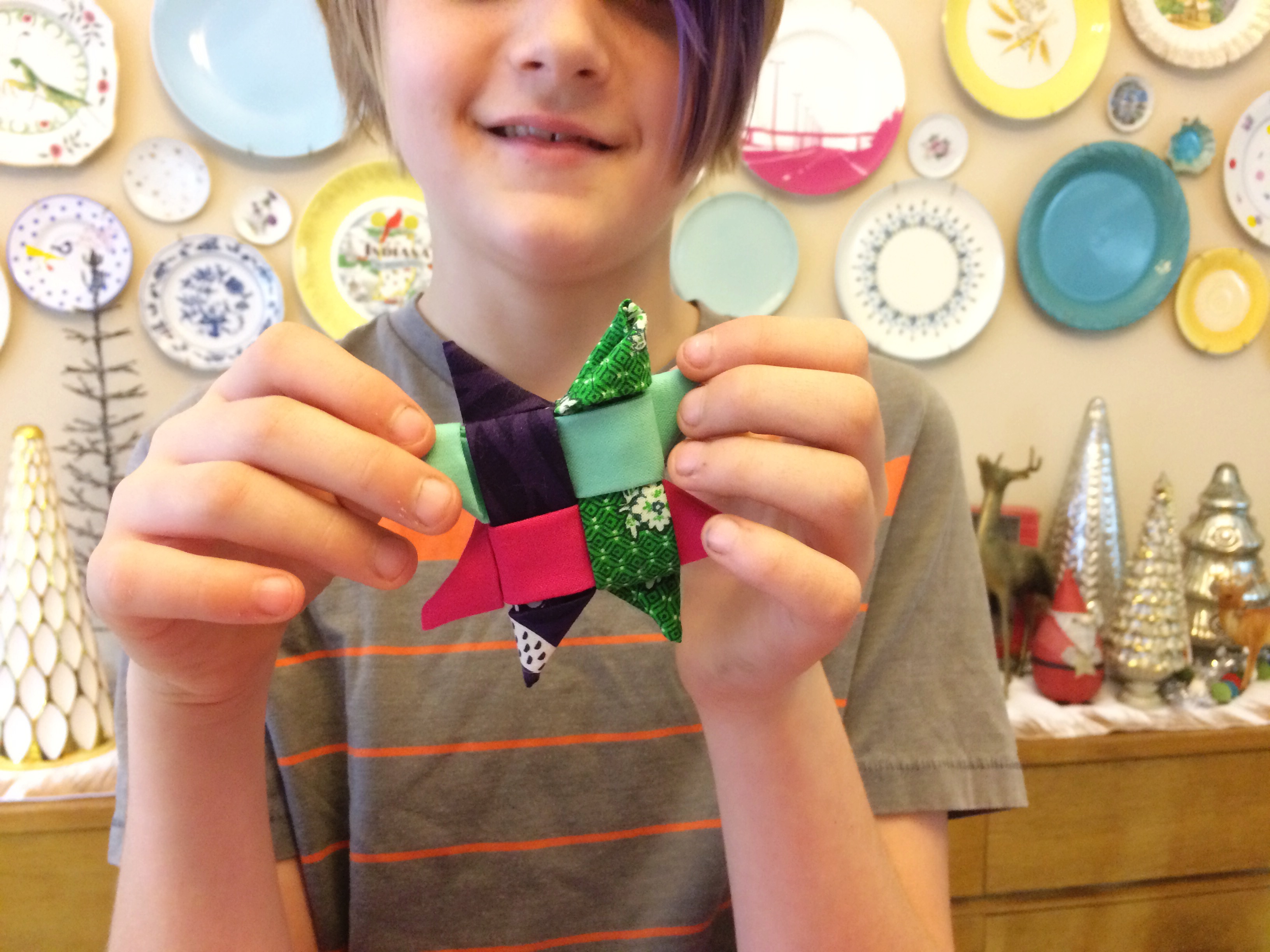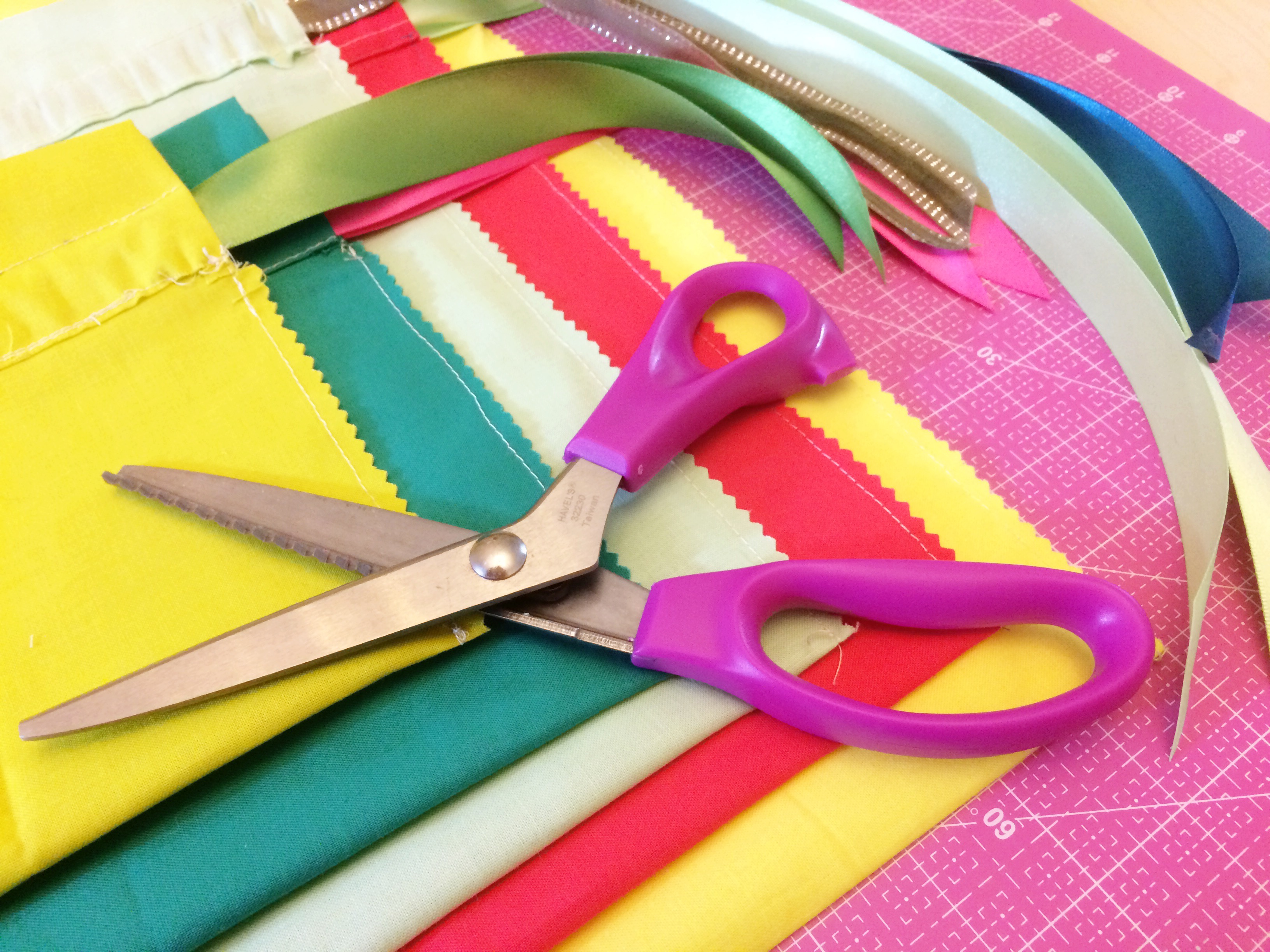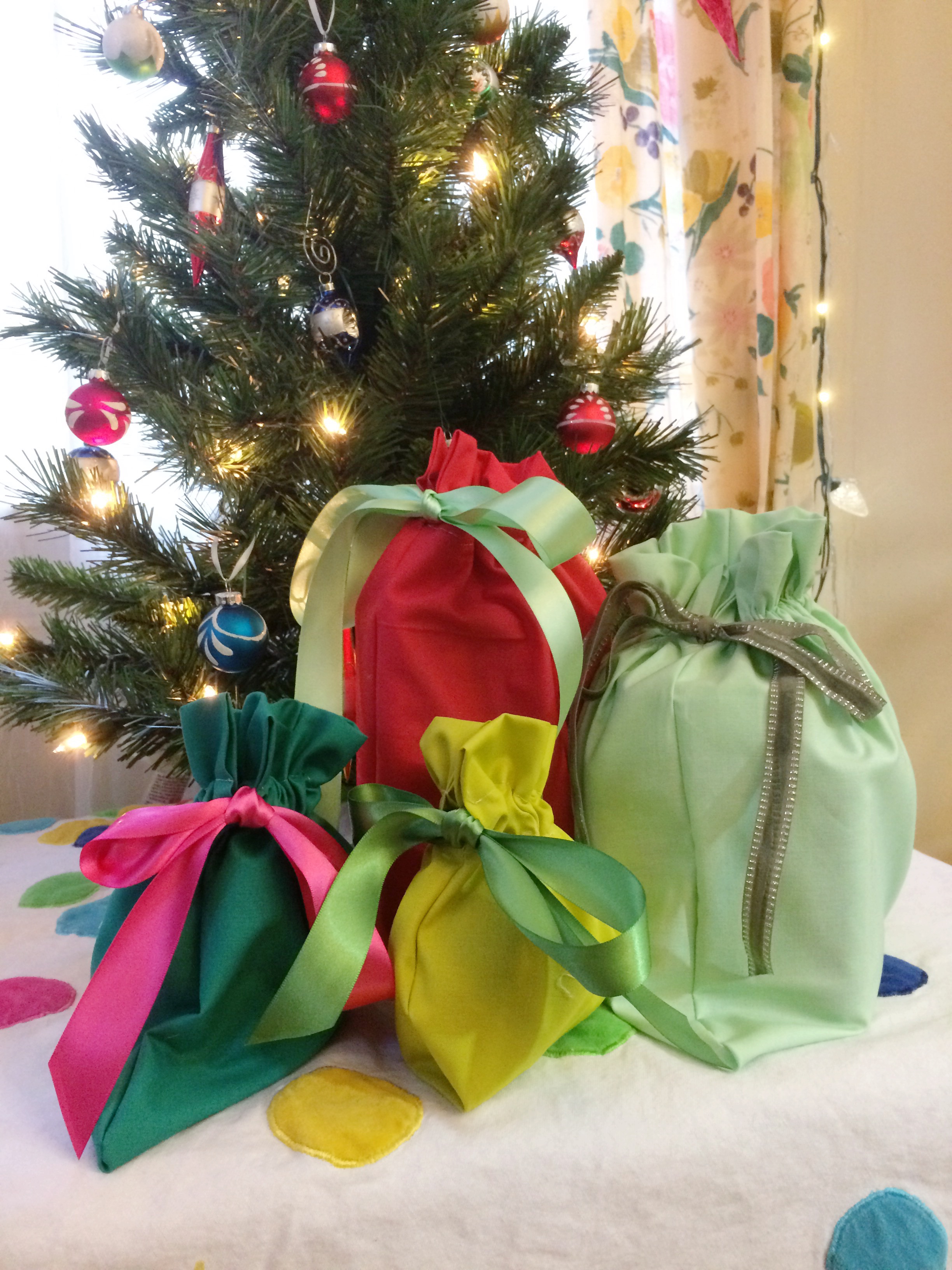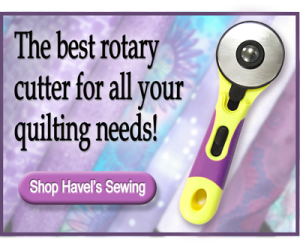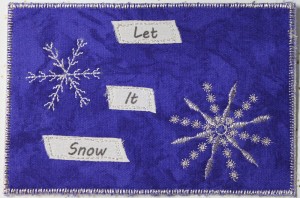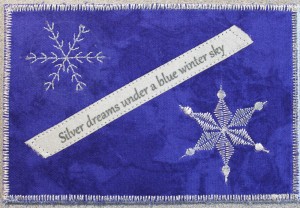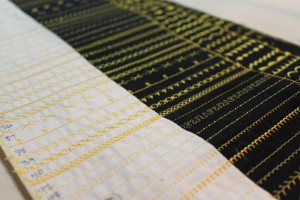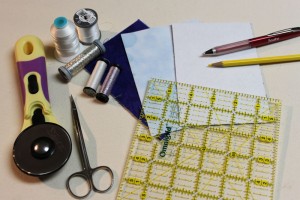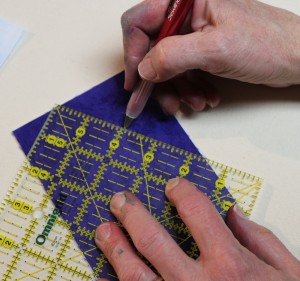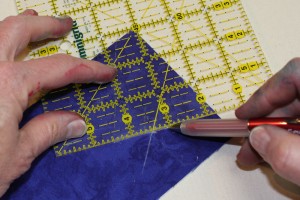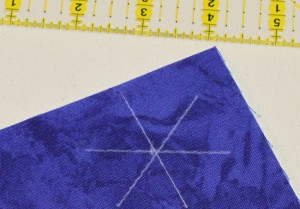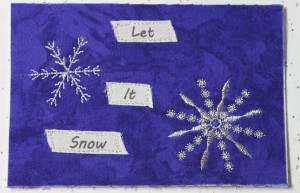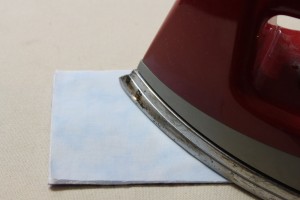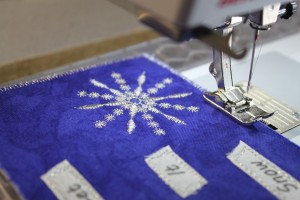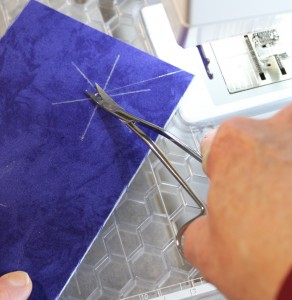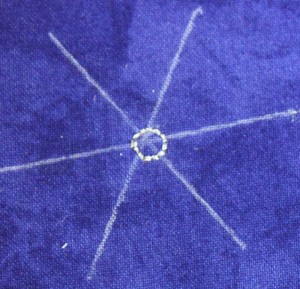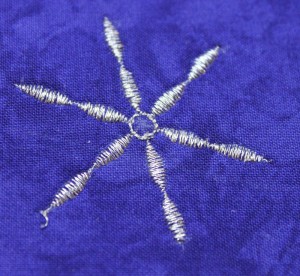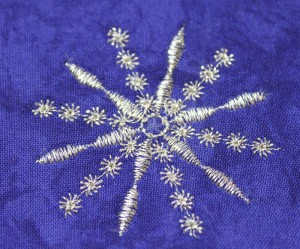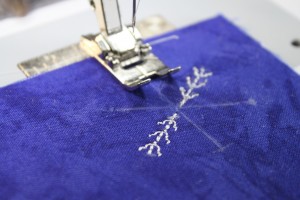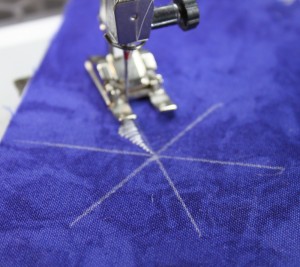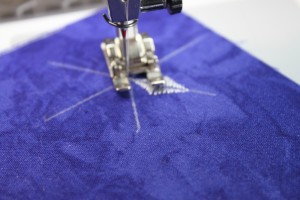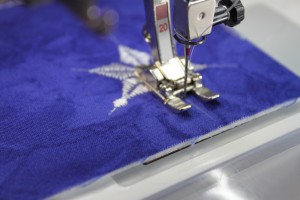by Luv2Sew,

It is with great delight that Havel’s Sewing introduces one of our newest ambassadors, Stephanie Kendron of Modern Sewciety! We are excited to sponsor her weekly newsletter, The Stych and have already begun working together on some fun giveaways. If you haven’t had a chance to listen to the Modern Sewciety podcast, do yourself a favor and start tuning in! Not only is Stephanie a fountain of knowledge on quilting and crafting, she is also very entertaining and regularly invites other experts in the field to join her. We know you’ll love it!
We hope you’ll enjoy our Q&A with Stephanie as well as some snippets and photos from her recent Havel’s Sewing Instagram take over!
STEPHANIE KENDRON
A passion for the makers in our community, Stephanie Kendron, mom of two and sewist brings us the stories of some of the industry’s popular makers through her popular podcast, Modern Sewciety. When not recording, Stephanie enjoys spending time with her family and a glass of wine, making quilts that can be seen in magazines such as Love Patchwork and Quilting, Modern Quilts Unlimited and more.
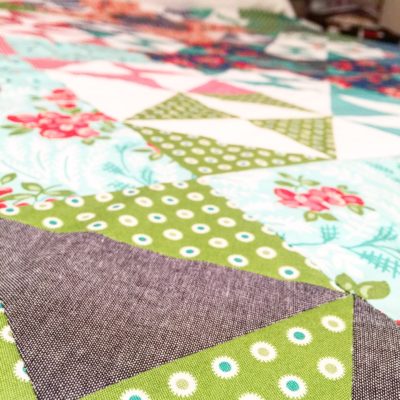 “I always stack my fabrics on my cutting mat when making multiple cuts for a pattern. It saves me so much time and Havel’s blades are so sharp they cut through layers easily.” – SK
“I always stack my fabrics on my cutting mat when making multiple cuts for a pattern. It saves me so much time and Havel’s blades are so sharp they cut through layers easily.” – SK
I asked Stephanie to answer some random questions about herself to give us a little bit more insight into her personality:
1. Do you consider yourself a cat or dog person?
Both- We have a 120 lb Cane Corso and a chunky cat named Boots (they are not friends)
2. How long have you been sewing/quilting?
My whole life but seriously since my oldest was born in 2007
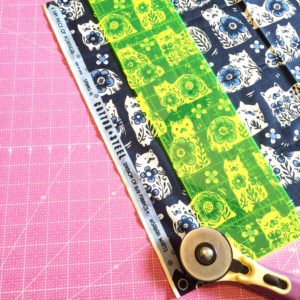 “I have been saving selvages of all of the fabrics I have been using. It is almost like a trip down my sewing memory lane when I see them all together.” – SK
“I have been saving selvages of all of the fabrics I have been using. It is almost like a trip down my sewing memory lane when I see them all together.” – SK
3. What is your favorite color?
Anything green
4. What inspires your creativity?
My daily life and of course instagram
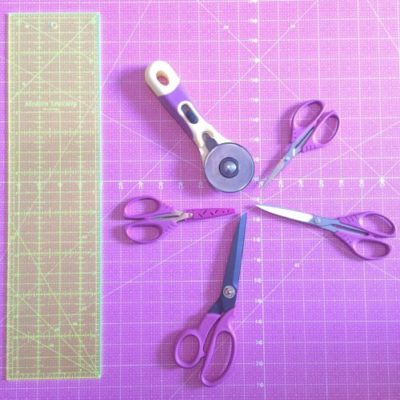 “I don’t think I can pick a favorite Havel’s product. I love them all and use them so much in my sewing space. Small snips for chain piecing, medium scissors for quickly clamping those pesky, bulky seams, large scissors are perfect for garment sewing, large rotary cutter for easily cutting fabrics with my favorite modern sewciety ruler, and curved small snips for embroidery and binding projects. I can’t forget the workhorse pink DOUBLE SIDED cutting mat that makes me smile so much because of the color and how amazing it is. It doesn’t groove like my old mat so less mistakes with the rotary cutter.” – SK
“I don’t think I can pick a favorite Havel’s product. I love them all and use them so much in my sewing space. Small snips for chain piecing, medium scissors for quickly clamping those pesky, bulky seams, large scissors are perfect for garment sewing, large rotary cutter for easily cutting fabrics with my favorite modern sewciety ruler, and curved small snips for embroidery and binding projects. I can’t forget the workhorse pink DOUBLE SIDED cutting mat that makes me smile so much because of the color and how amazing it is. It doesn’t groove like my old mat so less mistakes with the rotary cutter.” – SK
5. If you could have dinner with anyone (dead or alive) who would it be?
My grandma whom I lost right after having my first child. I want to ask her so many things about being a mom and creative.
6. What is your guilty pleasure (tv/music and/or food)?
I am a HUGE foodie but I do love some TV too.
7. What do you do to make sure no one uses your sewing tools?
Well, I have lectured my whole household several times but my husband is the worst offender. I need a better strategy with him. Lol!
Once again we’d like to welcome Stephanie to Havel’s Sewing! She may be new to the team but her laid-back, Southern style makes her feel like an old friend. We look forward to getting to know her even better and forging a great partnership in 2017. Remember to check out her podcast, Modern Sewciety at www.modernsewciety.com and subscribe to her newsletter, The Stych. And don’t be surprised if you see her popping up to give away some great prizes this year!
Thanks Stephanie!


